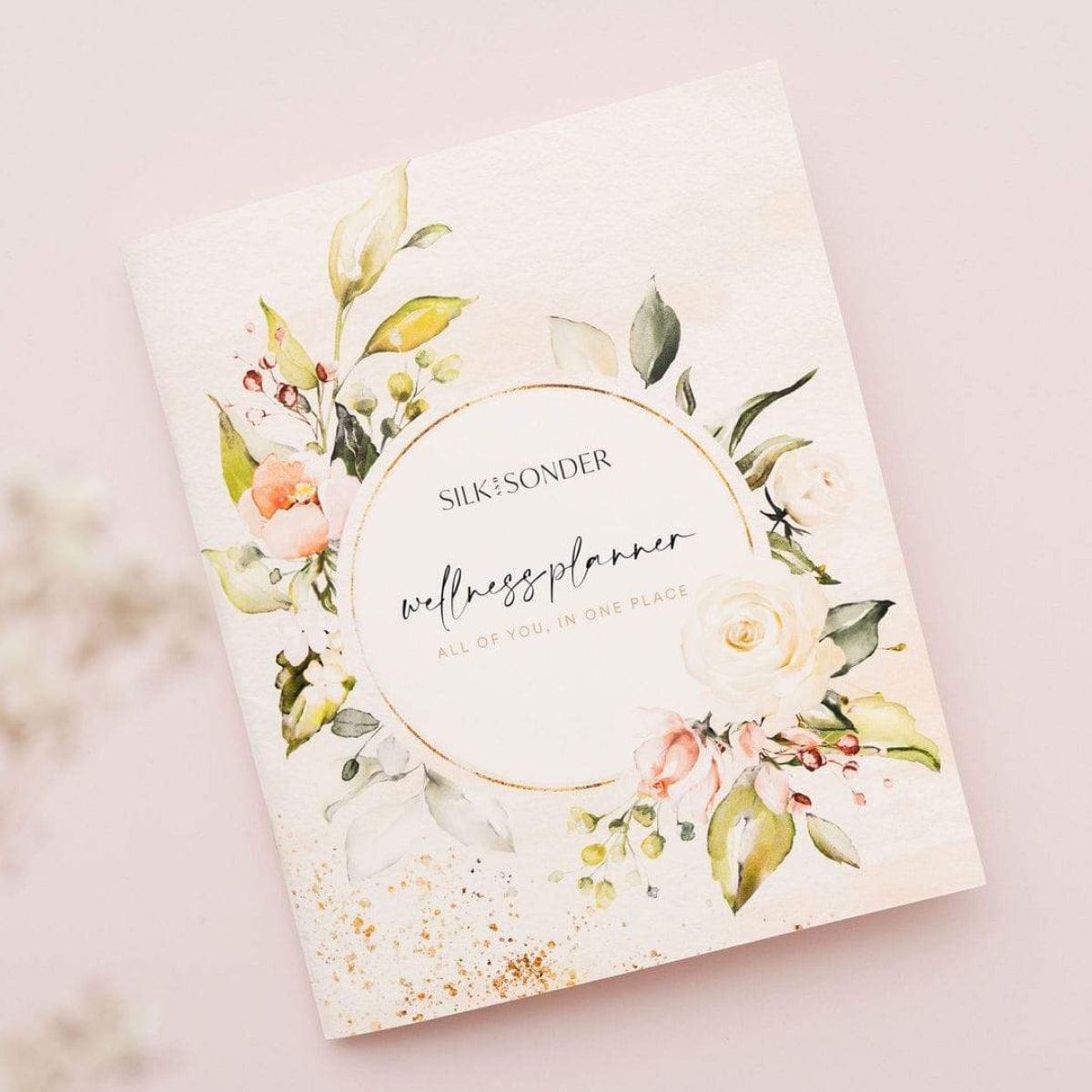Sacred geometry is an ancient art that has been used for centuries to create harmonious and aesthetically pleasing designs in architecture, art, and even spirituality. It is believed to be the building blocks of the universe and can be found in nature, as well as in the most intricate and beautiful man-made creations. From the pyramids of Egypt to the stained-glass windows of Gothic cathedrals, sacred geometry has been an integral part of human culture for thousands of years. In this article, we will explore how sacred geometry is used in everyday life and its significance in various fields.
The Use of Sacred Geometry in Architecture and Design
Architecture is one of the fields where sacred geometry has been widely used. The use of sacred geometry in architecture dates back to ancient times, where it was believed that certain geometric shapes and patterns had mystical properties. For instance, the Egyptians believed that the pyramid was a symbol of sacred geometry, representing the ultimate union of the earth and the sky.
Browse our Affiliate Products
The use of sacred geometry in architecture is not limited to ancient times. Modern architects also use it to create visually stunning and harmonious designs. The use of sacred geometry in architecture and design can be seen in buildings such as the Taj Mahal, the Cathedral of Notre Dame, and the Sydney Opera House.
- The Taj Mahal is an excellent example of how sacred geometry has been used in architecture. The building is symmetrical in shape and follows a strict geometric pattern. The octagon is a crucial shape used in the design of the Taj Mahal, as it symbolizes balance and harmony. The octagon is also used in Islamic architecture, where it represents the eight gates of heaven.
- The Cathedral of Notre-Dame is another example of how sacred geometry has been used in architecture. The cathedral is designed based on the golden ratio, which is a mathematical ratio found in nature that has been used to create aesthetically pleasing designs. The golden ratio is also found in the human body, and it is believed that its use in architecture creates a harmonious space that is pleasing to the eye.
The use of sacred geometry in design is not limited to architecture. It is also used in product design, graphic design, and even fashion. The use of sacred geometry in design can be seen in logos, packaging, and even clothing.
Sacred Geometry in Art
Sacred geometry is also used in art. Artists use sacred geometry to create visually stunning and meaningful pieces of art. The use of sacred geometry in art dates back to ancient times, where it was used to create religious art that had spiritual significance.
- One of the most well-known examples of sacred geometry in art is the mandala. A mandala is a geometric pattern that represents the universe in Hindu and Buddhist religions. Mandalas are used in meditation and are believed to have spiritual significance.
- Another example of sacred geometry in art is the use of the golden ratio. The golden ratio is a mathematical ratio found in nature and is believed to create aesthetically pleasing designs. Artists use the golden ratio to create visually stunning pieces of art that are pleasing to the eye.
Sacred Geometry in Spirituality and Religion
Sacred geometry is also used in spirituality and religion. The use of sacred geometry in religion dates back to ancient times when it was believed that certain geometric shapes had mystical properties.
- In Hinduism, the mandala is used in meditation and is believed to have spiritual significance. The mandala is a geometric pattern that represents the universe and is used to help individuals connect with the divine.
- In Christianity, the cross is a symbol of sacred geometry. The cross is a geometric shape that represents the intersection of heaven and earth. It is used as a symbol of the sacrifice of Jesus and his connection to the divine.
- In Islam, the star and crescent are used as symbols of sacred geometry. The star and crescent are both geometric shapes and represent the union of heaven and earth.
In addition to these specific examples, many other religions and spiritual practices use sacred geometry in their beliefs and practices. The use of sacred geometry in religion and spirituality is believed to help individuals connect with the divine and understand the mysteries of the universe. Even the heavens above as photographed by satellite shows that everything is repeated down to the smallest particle and shows that everything seems to have a divine creation.
Sacred Geometry in Mathematics and Science
Sacred geometry is also used in mathematics and science. The use of sacred geometry in mathematics dates back to ancient times, where it was used to solve mathematical problems and understand the mysteries of the universe.
One of the most well-known examples of sacred geometry in mathematics is the Fibonacci sequence. The Fibonacci sequence is a mathematical sequence that is found in nature and is believed to have spiritual significance. The sequence is created by adding the two previous numbers together, starting with 0 and 1 (0, 1, 1, 2, 3, 5, 8, 13, 21, etc.).
The Fibonacci sequence is found in many natural phenomena, such as the spiral patterns in seashells, pine cones, and even galaxies. The use of the Fibonacci sequence in mathematics and science is believed to help us understand the mysteries of the universe and the underlying patterns of nature.
Additionally, Nikola Tesla, the inventor, and engineer was also interested in the principles of sacred geometry. He believed that geometry and mathematics were the fundamental principles of the universe and that understanding these principles would unlock the secrets of the universe.
Tesla was known to use the principles of sacred geometry in his designs and inventions, such as the Tesla Coil, which uses mathematical patterns to generate high-frequency electricity. He also believed that the geometric patterns found in nature were evidence of a higher intelligence at work. Tesla’s interest in sacred geometry highlights the connection between science, spirituality, and the mysteries of the universe.
Final Thoughts
Sacred geometry is an ancient art that has been used for centuries to create harmonious and aesthetically pleasing designs in architecture, art, and even spirituality. It is believed to be the building blocks of the universe and can be found in nature, as well as in the most intricate and beautiful man-made creations.
The use of sacred geometry in everyday life can be seen in architecture, art, spirituality, and even mathematics and science. Sacred geometry is used to create visually stunning and meaningful designs that are pleasing to the eye and have spiritual significance.
The significance of sacred geometry in everyday life is not just limited to its aesthetic value. It is believed to help individuals connect with the divine and understand the mysteries of the universe. The use of sacred geometry in everyday life is a testament to its enduring relevance and importance in human culture.




